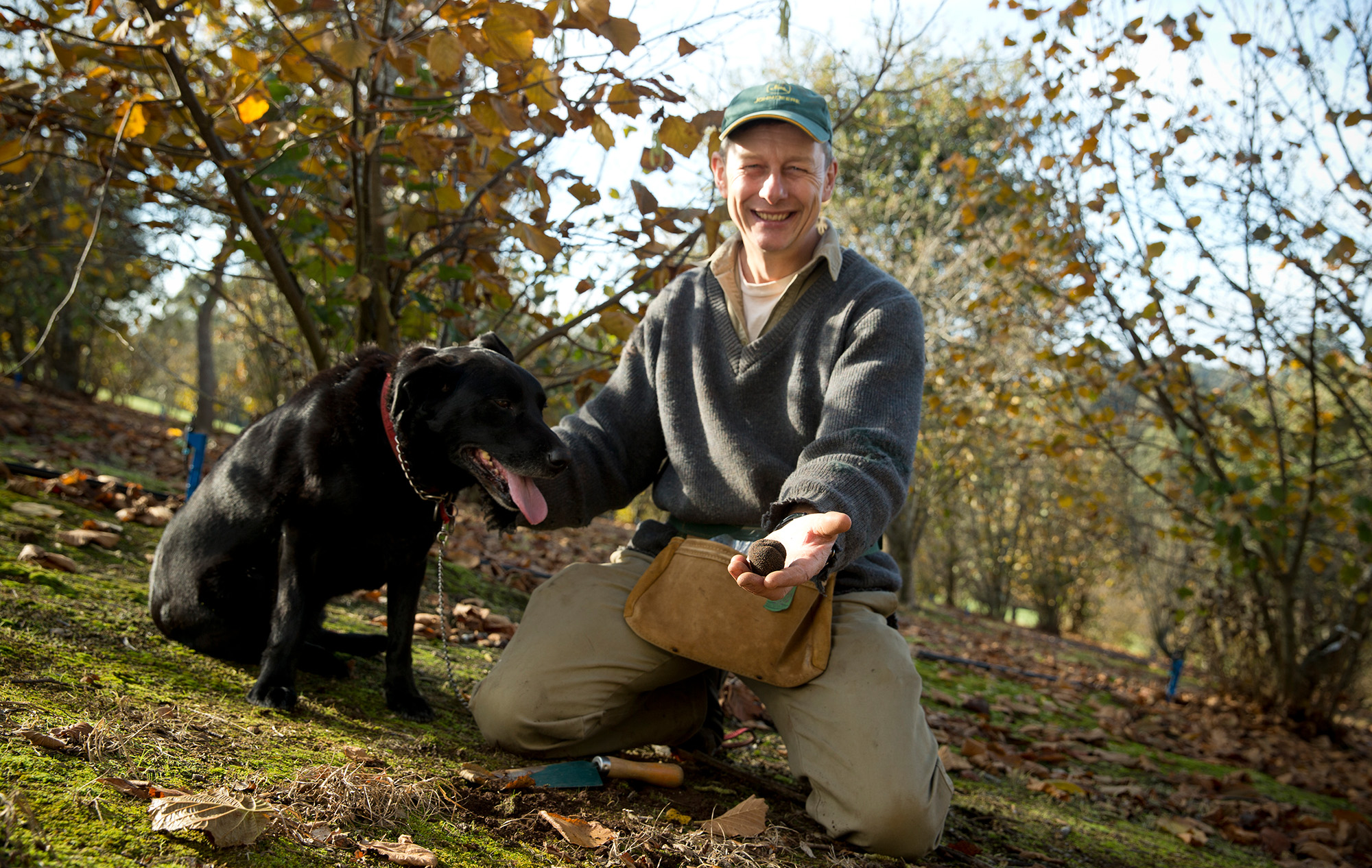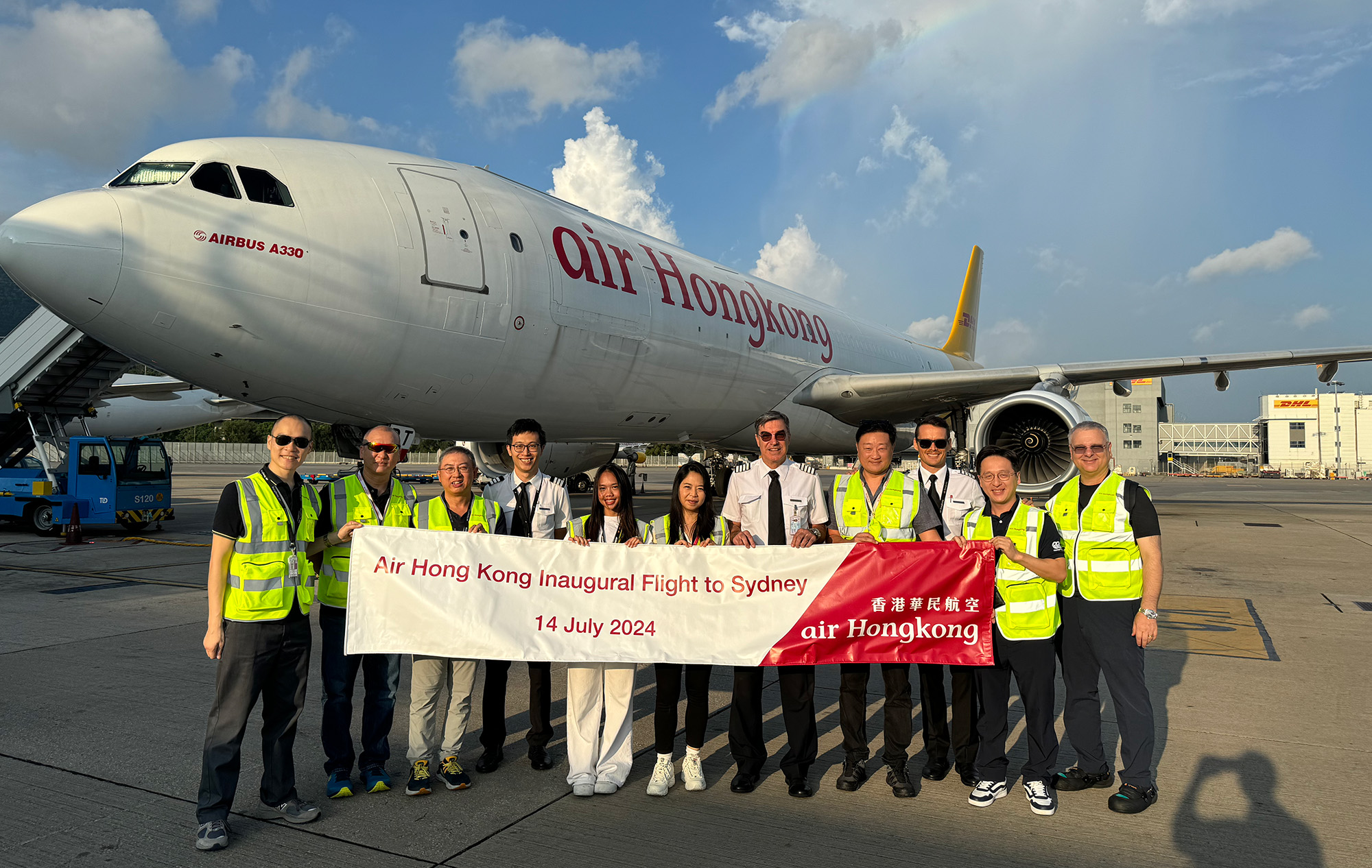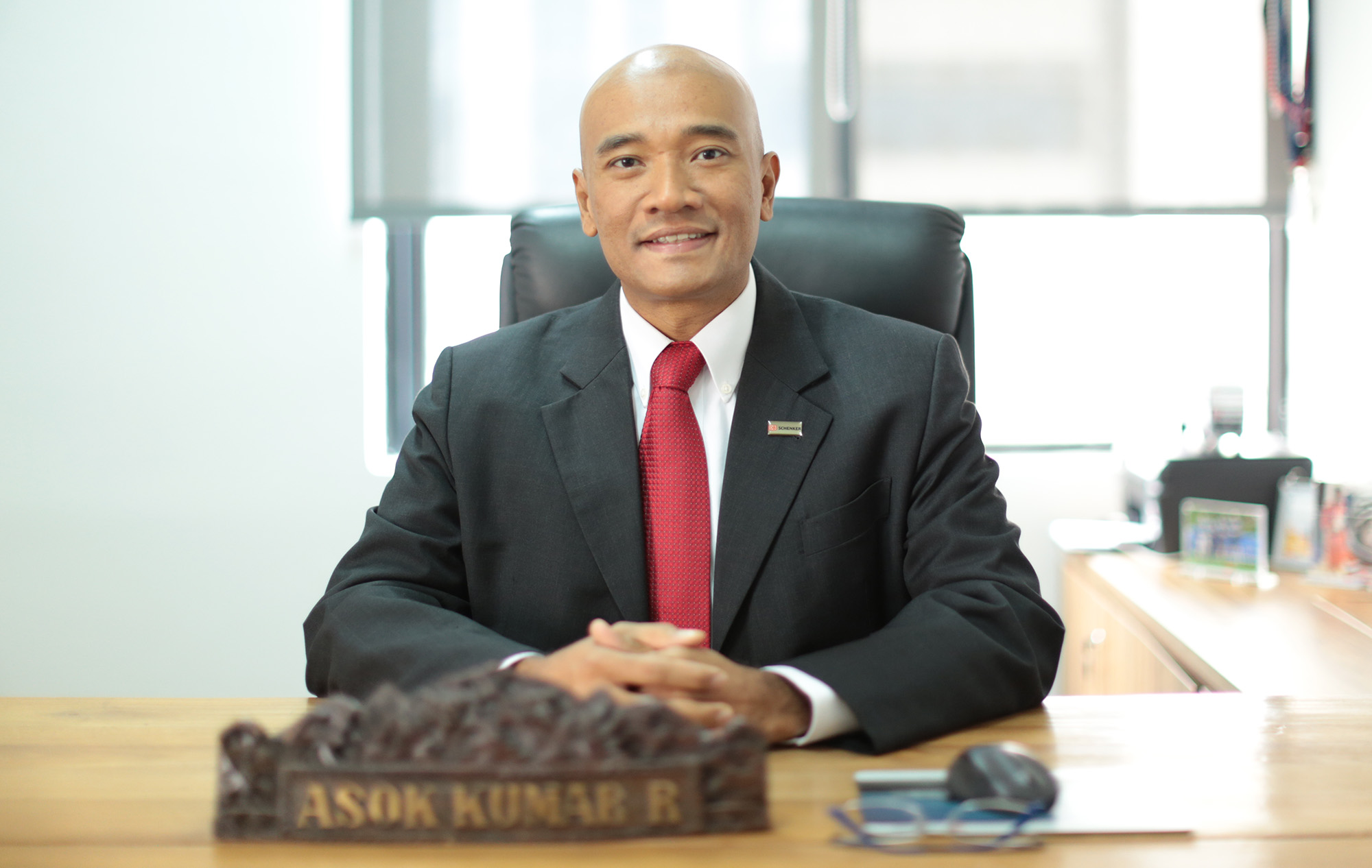Hellmann Worldwide Logistics has 243 offices across 57 countries, employing more than 12,000 people. It started in Germany more than 150 years ago, and its first office outside of Europe opened in Hong Kong in 1982. A forwarding industry veteran, Jan Kleine-Lasthues, has headed up its airfreight division for the past six years.
How does air cargo fit into Hellmann’s overall business?
Airfreight accounts for between a quarter and a third of our business globally, depending on the region. Europe has a pretty strong road setup, for example.
How does that actually work?
As Chief Operating Officer Airfreight, I head the airfreight product globally, and also for our five regions. I, along with the heads of the other divisions for road, sea freight and contract logistics, report to the board and the overall CEO.
I have regional airfreight heads in our five regions, and within those we have country airfreight heads. We also have vertical specialists, such as pharma and perishables. In my global team, I have a Head of Carrier Relations and Procurement, Florian Stefani, who deals with the day-to-day business with the airlines. He has monthly calls, quarterly business reviews and he runs annual or six-monthly global tenders, for our biggest volumes and for our steady and permanent streams. I also try to meet with airlines once or twice a year at an executive level.
How much of your business is based around long-term contracts?
Depending on market expectations and how the spot market is developing versus the contract market, we contract between 20 and 40 per cent of our volumes to long-term contracts from centrally steered procurement tenders. Then around a third of the businesses is on mid or long-term contracts on rate agreements at regional and local level, and around one third normally goes on the spot market.
How is business generally?
The market last year was not the best until just before Christmas, when the real peak season started. Since then, it hasn’t really come down. There’s strong demand especially from Cathay Cargo’s home market, driven by cheap e-commerce. I think we will see that continue for the coming months, at least until end of the year and maybe beyond, although there’s a question about how new customs regulations in some countries will affect that. However, we’re now also seeing equipment shortages in sea freight in Asia, which I believe will give another push to airfreight.
What sectors are performing particularly well?
We’re seeing very strong demand from the fashion industry. We’ve been given a heads-up that this will be one of the heaviest fashion peak seasons in years. In part this is because of the Red Sea situation, which has gone on longer than expected. A lot of fashion is produced in the Indian subcontinent, and for a ship to go all around Africa adds a big increase in transit times.
This is also why our sea-air business, which is something we’ve invested in heavily in recent years, is paying off, and we’re one of the market leaders in Dubai, where we’re seeing a crazy increase in demand. Cargo from the Indian subcontinent only needs to cross the Arabian Sea to Dubai to go on by air, which can cut costs by at least 50 per cent. It’s working in other markets too, but the biggest volumes are ex-Dubai.
Are there other areas where you are making investments?
Last year, all the verticals were shrinking. Perishables was the only one to grow worldwide, and it’s one of the biggest shares of the global airfreight market, so it’s one of our key drivers for growth. The middle class around the world is growing, and fast, if you look at India, at the Chinese Mainland and parts of Latin American countries. There are more people who have money and who want to have their strawberries in winter. From a sustainability point of view, maybe that’s not the best, but I think from a social point of view it’s a positive development.
The automotive industry is another key one we want to develop further. We’ve won a few big tenders, and we’re working with a few of the OEMs and tier one suppliers. Several of the large EV manufacturers are our customers, which is driving some our biggest flows out of the Chinese Mainland and Vietnam into the US.
What are the key things that you look for in a partner airline?
That word ‘partnership’. That means supporting each other in all types of market conditions so that we can talk and find a solution together, as we did during the pandemic when the market was so volatile. And when the market is down, we stick to our commitments. Cathay Cargo, our partner since the 1980s, is one of our six ‘Golden Circle Carriers’, which means they’re one of our main preferred carriers.
What do you think the next trend is that could change air cargo?
We are very involved with transporting cargo by drone, which I think will be a big change. We have partnered with Dronamics, among others. I’m not talking about vertical take-off drones, which can drop your Amazon box into your garden – these are fixed-wing cargo drones with a range of up to 2,500km that can carry around two pallets. It’s not competition to Cathay Cargo, but in the long term, bigger capacities and greater distances will be possible.
What’s one of the main challenges for industry?
This is more of a mid- to long-term challenge, but it’s how capacity will develop. At the moment, there are many old aircraft flying, and if more retire, we’ll have a problem because the major aircraft OEMs are not producing new capacity quickly enough. If capacity goes down and the demand stays where it is, then it’s clear rates will go up.
How did your career develop?
I’ve been with Hellmann for 12 years, but I’ve been in the business for 27 years. I started at a traditional German forwarder doing a two- and a half-year apprenticeship, learning at work and going to a forwarding school. I now have a degree and subsequently an MBA in logistics. Prior to starting at Hellmann, I worked for another forwarding company in variety of roles. When I left it was SDV, but it’s been acquired by CEVA, so the name will soon disappear.
At Hellmann, I started managing a branch and building it up. Then I started a solution for a new vertical for marine spares and the cruise logistics business, building that up from scratch to make it a global solution that employs 180 people across 15 stations, and we are now one of the market leaders.
What is your work/life balance like?
I travel for around 50 per cent of the year, in Europe but also to Asia and the Americas. That takes me away from my family and our life in the countryside, close to Hamburg. I have four kids and we live in an old farmhouse and we have lots of animals – you can often hear my rooster when I’m on a Teams call. But this is something that gives me a nice balance, as it’s quite calm. We also have a boat on the Baltic Sea, which gives me some time and space for relaxation and a family getaway.








